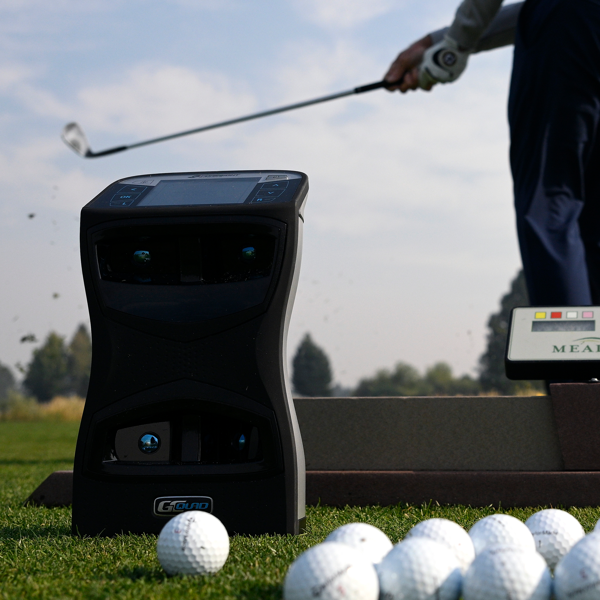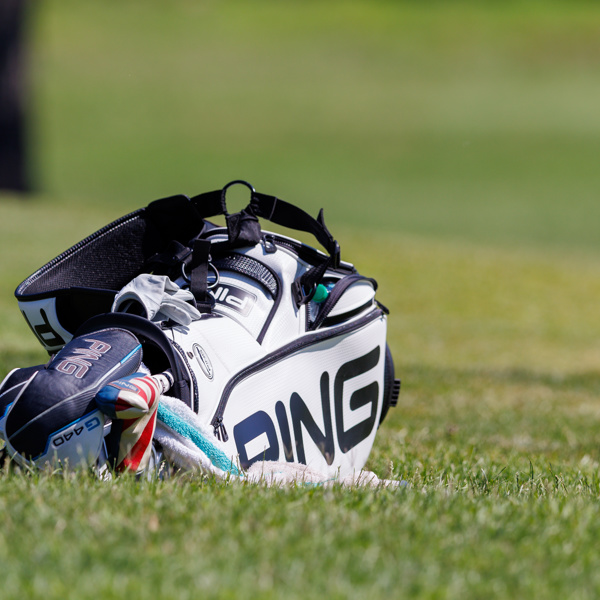Clubbing in golf refers to the process of selecting a specific golf club to use for a given shot. Each club is designed for different distances, trajectories and shot types. The main reason some clubs hit the ball further than others is due to their loft (club face angle) and length of shaft. Here, PGA Professional Andrew Jones shares his ultimate guide to clubbing.
Loft is the angle of the clubface. Clubs with a lower loft (like a 7-iron) will send the ball further than clubs with a higher loft (like a 9-iron) because they impart less backspin and launch the ball at a flatter, more penetrating angle.
For instance, a 7-iron has less loft than a 9-iron, which means it will typically send the ball a greater distance when struck with the same swing mechanics.
Longer clubs (like drivers) generally allow for greater distance due to the increased swing speed that they can generate.
What is the best way to discover how far you hit each club in your bag?
To determine how far you hit each club, you can follow these methods:
- Track your shots: Use a launch monitor at a golf shop or driving range. These devices measure various stats, including carry distance and ball speed, providing accurate data for each club. Try doing this at the start of the season and once again midway through as it can change.
- On-course testing: During practice rounds, take the time to hit each club from various distances to see how far you consistently hit each one.
- You could also use apps or GPS devices that track your shots and distances.
- Engage a pro: A lesson with a golf professional can offer personalized insights into your distances and swing characteristics.
What does 'clubbing down' mean?
Clubbing down refers to the practice of choosing a club with a higher loft than you might typically use for a given shot, essentially opting for a shorter club than usual. For example, if you usually hit a 6-iron for a particular distance, you might choose a 7-iron to increase the loft and achieve a higher shorter trajectory.
Situations that may cause you to club down are:
- Wind conditions: Strong tailwinds can carry the ball further requiring you to hit less club.
- Avoidance of potential hazards which may be positioned at the back of the green
- Ensuring the ball remains short of the pin to leave an easier uphill putt or chip.
Clubbing up involves selecting a lower lofted club for certain situations:
- Wind conditions: When hitting into a strong headwind, using a lower lofted club can help achieve a lower trajectory that cuts through the wind better.
- Course conditions: On firm ground or hard greens, a lower lofted club can help prevent the ball from bouncing too high or flying past the target. This is often referred to as a knock down shot.
- Desired flight path: If you need a lower ball flight due to trees or other obstacles, clubbing down can help achieve that goal.
- Distance control: If you're confident you can reach the target with a club, you’re more comfortable with, opting for a longer club can provide better distance control.
Why is it important to know how far you hit the ball with each club?
Knowing how far you hit each club is crucial for:
- Course management: Understanding your distances helps make strategic club selections based on shot requirements, pin placements, and hazards.
- Consistency: It leads to more predictable outcomes and helps in building a reliable game plan for different holes.
- Confidence: Familiarity with distances builds confidence in your decision-making on the course, reducing chances of second-guessing.
In what situations might you change your original club choice and club up?
- Uphill shots: When hitting to an elevated green, you might need a club with a higher loft to help get the ball airborne more easily.
- Soft greens: When the greens are soft, a higher lofted club can help with stopping the ball quickly upon landing.
- Short distances: If you need precision rather than distance (e.g., when you're close to the hole), using a club with more loft might allow for better control and stop the ball on the green.
- Draw or fade adjustments: If you need to manipulate the shot shape to avoid obstacles, sometimes a higher-lofted club can assist with that.
How many clubs am I allowed to have in my golf bag during a round?
The rules of golf state allow you to carry up to 14 clubs in your bag during a round of golf. It’s important to strategize your selection to maximize your options based on the courses you play and the weather conditions.
How significant is the wind when deciding which club to hit?
Wind is a substantial factor in club selection because it affects the ball's flight path and distance. Here are some points about its significance:
- Headwinds: A strong headwind can significantly reduce distance, requiring you to club up.
- Tailwinds: Conversely, a tailwind can increase distance, often necessitating you to club down.
- Crosswinds: Wind from the sides can push the ball off course, requiring adjustments in aim and possibly club selection to counteract the effect.
- Consistency: Adjusting for wind is vital for achieving consistent results and preventing unpredictable ball flights.
In summary, understanding club selection, distances for each club, and environmental factors like wind can greatly enhance your golfing performance.
Looking to improve your golf game? Find a golf lesson in your local area.








